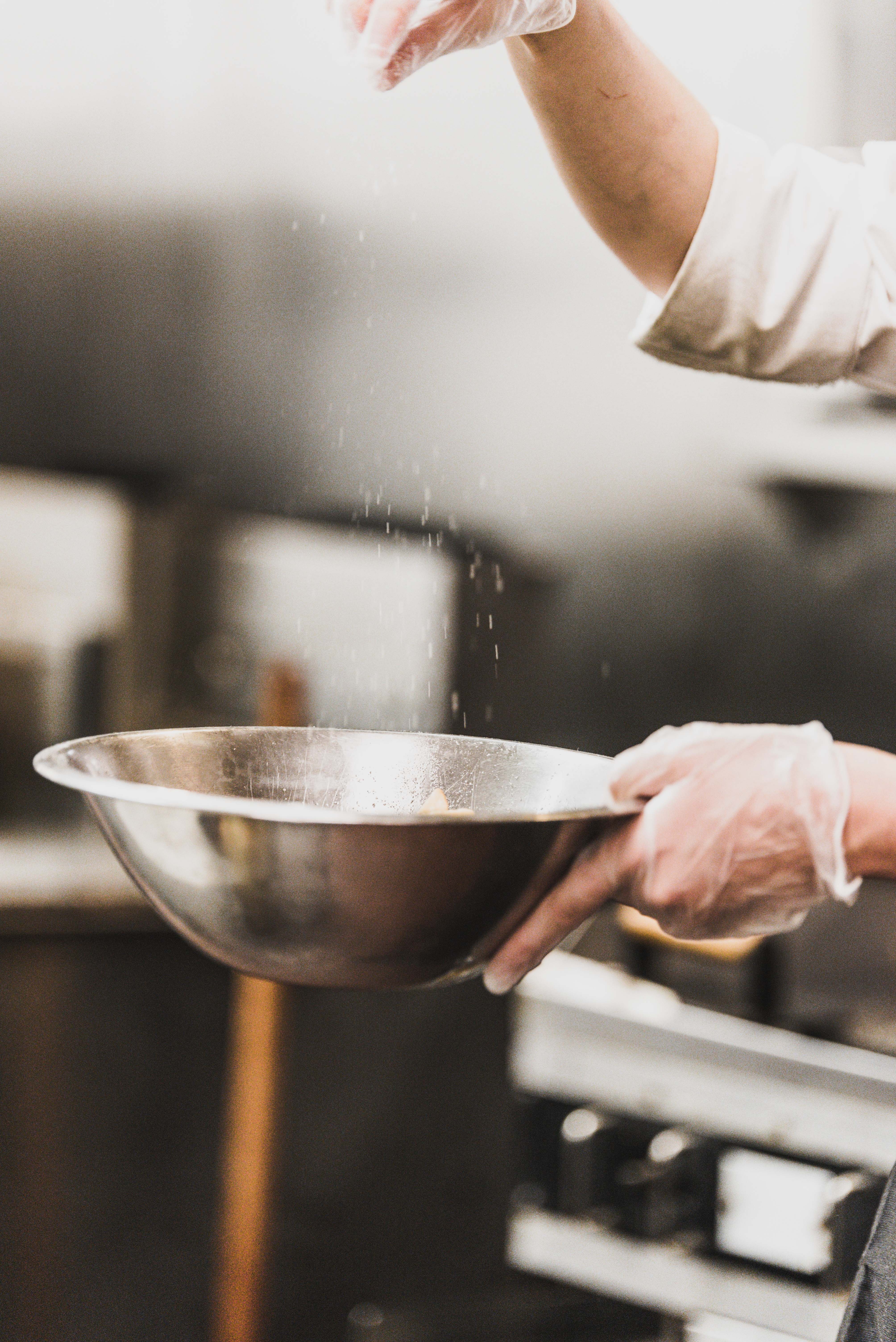Running a restaurant is no easy feat. The hours are long and the work is hard. You’re always balancing customer requests, food quality, employees, and so much more. Sometimes you might even think for all the work you put in, you aren't getting the results you want.
There’s a way to fix this – restaurant metrics.
Your restaurant could be collecting a tremendous amount of valuable data. This data has multiple benefits including cost savings, reduce errors and waste, improve food quality, and creating an overall better guest experience. In this article, we will specifically focus on back of house metrics but there are also many front of house metrics available too! If you’re new to back of house metrics, we’ve created a list of the most important to track and analyze.
1. Speed of Service
This is one of the most important metrics for providing a better customer experience. When a cook bumps an item from one phase of its order to the next, a report is written that shows order start time, cook time, projected cook time, and how long it actually took to cook and serve to the customer. Speed of service data tracks every action in your kitchen. For example, you may find that your entrees are cooking longer than you would like. This data will show you this information so you can decide what you need to fix the issue. Speed of service data helps increase productivity and enhances the guest experience.
2. Kitchen Station Metrics
Station metrics help you gain insight on performance from each back of house station. The best way to do this is by creating dashboards within the kitchen display system that will provide metrics from each station at a quick glance. These metrics could include the average cook time at each station, average for the last 30 minutes, window time, total orders, late orders, etc. Some kitchen display system will store historical station metrics so you can go back later and analyze performance over a period of time.

For example, say you notice an influx of orders coming out later than usual. Or, maybe you are noticing a trend of more orders being sent back because they aren’t fresh or the right temperature. You can go back to these station metrics and pinpoint exactly which station(s) could have been causing the holdup.
3. Benchmarks
Benchmark metrics allow you to set target times or percentage thresholds so you can evaluate back of house performance. This could include entree counts or historical averages. For example, if you set a goal for only 5% of your orders to take no longer than 20 minutes from cook time to plating, a good back of house system could tell you how your kitchen staff is doing in that effort.
This data will also answer other questions, such as where to invest in extra labor in the kitchen. These configurable metrics allow operators to react to real-time data and identify bottlenecks and labor inefficiencies that negatively affect time tickets.
4. Order Tracking
Off-premise dining is the hottest industry in recent memory. To keep up, you need a KDS that will provide data to support a successful strategy. When you’re getting started with off-premise dining, you need a way to take off-premise dining orders without negatively impacting dine-in orders. The best way to do this is through real-time order status data.
These quote times are based on your current speed of service in the restaurant and not only the volume of orders. Orders in a slammed kitchen will be prioritized based on when they were placed – compared to paper tickets that will just simply print whatever is entered in the POS. Diners and third-party delivery partners will receive an accurate quote time based on what’s actually going on in your kitchen. This is done through a kitchen display system feature called capacity management.The process of inflating times and staggering orders to follow with kitchen traffic is known as order throttling. This goes into effect when your kitchen meets max capacity.
5. Front of House Insights
When you unify your front and back of house software, you will be provided with insights on what is happening in your front of house. Chefs can view what’s coming up and how many people are waiting, helping them prepare for larger parties and peak hours.
6. Reducing Food Waste
The restaurant industry is responsible for about 11.4 million tons of food waste, costing around $25 billion per year. Think about how many times an entree wasn’t served at the right temperature or a meal that didn’t please a customer and it gets tossed. Through back of house metrics, you can gain insight on these issues and begin to reduce your food waste. ReFED stated in their guide for reducing food waste that for every dollar invested in reducing food waste, restaurants will see about $8 in cost savings.
These food waste metrics include the number of items in rush, number of daily void courses, and number of courses. As an operator, these metrics are crucial to analyze your kitchen performance and determine how much your restaurant is wasting. You can compare this with station metrics to get more granular and decide where the waste could be coming from.
Collecting and analyzing this data helps build an overall smarter back of house and restaurant. Using this data will improve efficiency and keep your number one priority happy – your customers.
Six BOH Metrics You Need to be Tracking posted first on happyhourspecialsyum.blogspot.com

No comments:
Post a Comment